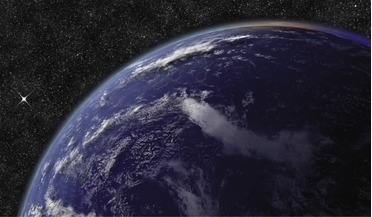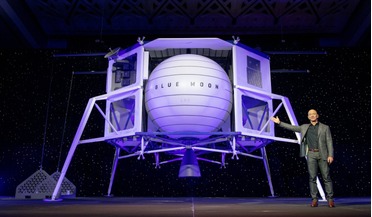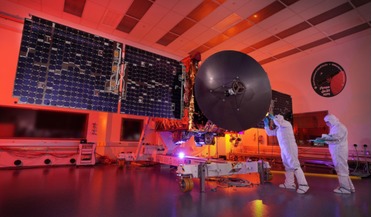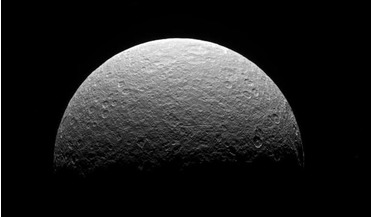 March 2022
Space travel and environmental sustainability
March 2022
Space travel and environmental sustainability
... seats to space, but of fuel burned (and thus emissions of water vapour and carbon dioxide). Then, at the technological level represented by ...artists and opinion leaders worldwide. Commercial use of water ice in craters near the lunar poles could help...
 10 May 2019
Bezos unveils Moon mission with Blue Moon lander
10 May 2019
Bezos unveils Moon mission with Blue Moon lander
... top-up solar powered cells, the lunar south pole is also believed to contain large deposits of water ice. Depending on its availability, the water-ice could conceivably be broken down into its constituent elements—hydrogen and oxygen—and reprocessed...
 13 July 2020
UAE's mission to Mars scheduled for launch tomorrow
13 July 2020
UAE's mission to Mars scheduled for launch tomorrow
... carrying a high-resolution multiband camera called the Emirates eXploration Imager (EXI). Designed to measure the planet's water ice and ozone abundances, it will focus on Mars’ lower atmosphere. Finally, the Emirates Mars InfraRed Spectrometer...
 17 May 2019
First science results released on Ultima Thule
17 May 2019
First science results released on Ultima Thule
... for longer-chain chemical reactions to take place involving carbon or nitrogen. Tentative fingerprints of methane, along with water ice have potentially been observed on Ultima by LEISA, say Stern and colleagues in their paper. Because of our high...
 05 February 2021
Hydrazine might be present on Rhea, new study says
05 February 2021
Hydrazine might be present on Rhea, new study says
... spotted on several of Saturn’s moons, including Rhea. Earlier studies indicated that the chemical signature could belong to water ice, but after using laboratory measurements to find a fit to the molecule, a team, headed by Mark Elowitz at the Open...
 14 May 2021
China is about to land its Zhurong rover on Mars
14 May 2021
China is about to land its Zhurong rover on Mars
... SHARAD, which stands for SHAllow RADar, onboard NASA’s Mars Reconnaissance Orbiter, have suggested that a volume of water ice around 1.2 times the volume of Lake Superior in the US could be present in Utopia Planitia’s subsurface. This could...